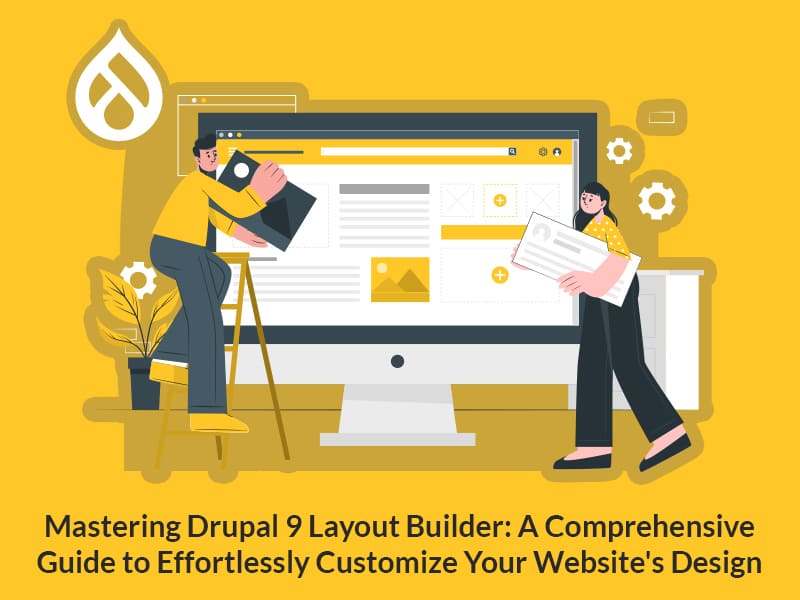Author:
Source
Sponsored:
Working in Public: The Making and Maintenance of Open Source Software - Audiobook

Unlock the Digital Creator Code!
Context definitions in Drupal are really useful when you want to inject context into your plugins and I have been using them for a little while now. It has made building custom blocks to add content to pages much easier as I don’t need to copy the same block of code to find an entity of a particular sort into the block plugin.
One problem I encountered when using this technique was when trying to programatically create and render a block. The problem was that the context wasn’t available in the block when it was used in this way, and it took me a little investigation to find out how to put all of the pieces together.
Rendering a block programatically is sometimes a necessity to do when you need the block outside of the block’s normal region. You might create a block that collects together the output of a number of blocks, which allows you to template them together in a very precise way. You might also need to print out a block without having to create a region on a page.
There are a few steps involved in getting things working in this way. In this article I will show how to print blocks programatically, and how to do so using context.
To show the problem in detail, let’s take an example of a block called UserContextBlock that has a user entity as the available context. This is a custom block, created in a custom module.



